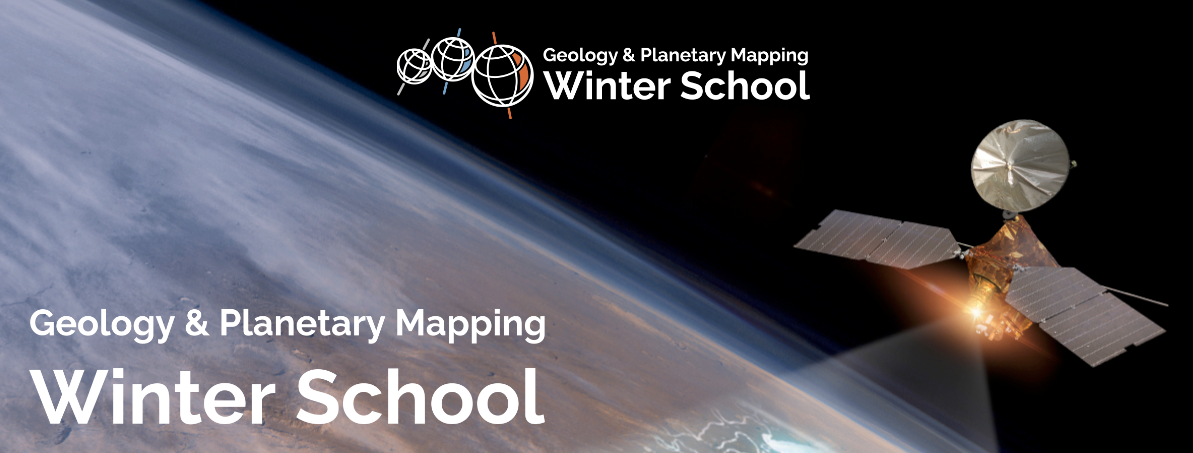What are geological maps? Which is their importance on the Earth and for planetary exploration? How can the geological evolution of a planetary body be decifered from geological maps?
By answering to these questions the IInd edition of the Geology and Planetary mapping winter school will formally begin and a throughout description on how the school will be organized will be given.
The presentation will show how the geological evolution of terrestrial bodies such Mars, Moon and Mercury is well reflected on their geological maps, which are indeed extremely important for their future exploration.
Basics of remote sensing instruments and techniques.
QGIS overview
The interface
Mapping project creation
Loading rasters and mouse buttons: styling and properties of DTMs and imagery
CRS: project and layer CRSs
Measuring Distances
Creating vector layers
First steps in geometry creation: Add Point/Line/Polygon
Attribute tables
Styling vectors using the fields
Saving project
Plugin manager
An informal session for practising and reviewing the basics of QGIS. Questions welcome.
Mapping mercury and its peculiar geologic features
Introduction to the mapping area, tiles distribution, mapping scale and best practices
Mapping activity with instructors subdivided into different groups
Mapping of martian sedimentary structures and best practices
Overview of the specific datasets and spectral indices related to Martian characteristic minerals and rock types in sedimentary environments
Description of the mapping area and tiles distribution
Seminar about the origin of chaotic terrains
Each mapping group will briefly present its own tile
Geological sections unreveal the subsurface geology hidden underneath the lanscape of any planetary body. They can be produced from geological maps and used to check their consistency as well as to create 3D subsurface models. The lecture will explain the general principles to be followed in order to produce geological sections showing their differences on diverse planetary and geological contexts.
How to practically create a geologic cross-section starting fromg QGIS plugins, to extract topographic profiles, geologic contacts, dip and strike. How to finalize the interpreted cross-section in the open source InkScape software.
Presentation of the Early Career network and its activities
Map finalization and printing layout creation
Introduction to the specific aspects of mapping the lunar surface and peculiar morphologies
Demonstration of the mappy plugin and hands-on to start geological mapping

